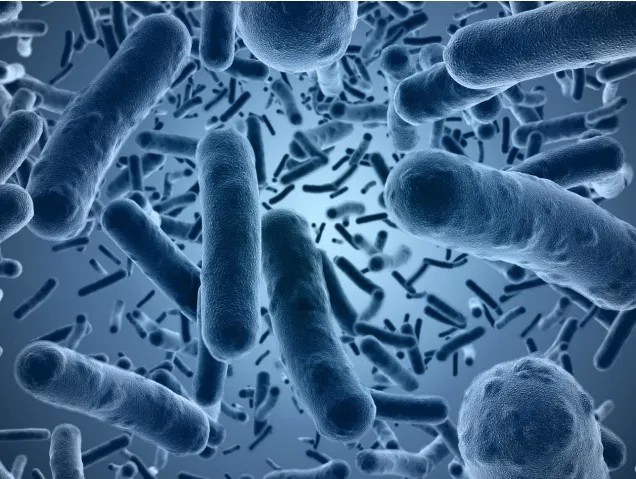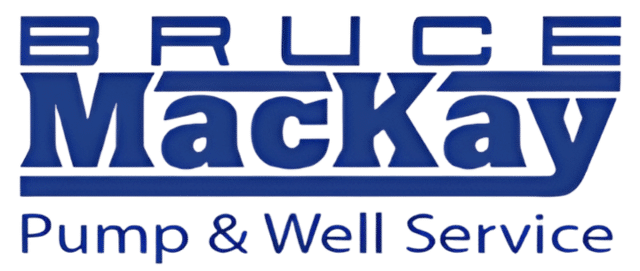
Bacteria In Drinking Water: What You Should Know
Drinking water is used to refresh and nourish the body, so any contamination is a serious concern. Homeowners need to know the water they rely on is safe for themselves and their family members. Research has revealed that about 63 million Americans have had exposure to unsafe drinking water in the last 10 years, and the contamination may include dangerous bacteria.
Bacteria in Water Supplies
Water contamination can occur in a variety of ways. Bacteria in the soil around a private well or sewage emptied into streams that feed into a well could contaminate water. Floods that cause sewer systems to overflow can affect entire neighborhood water supplies. Poor treatment procedures at municipal facilities may lead to a failure to remove all pathogens.
Bacteria in water do not always cause illness. In fact, many forms of bacteria are helpful to the human body. Water tests look for harmful coliform bacteria like E. coli and salmonella
Signs of Bacterial Contamination
People are often alerted to the presence of bacteria when they notice a change in the smell, look, or taste of their water. The water may suddenly have an unusual tint to it or become cloudy. The smell of sulfur or solids floating in the water could appear. In other instances, the water problems are unnoticed, but physical symptoms begin.
Contaminated water could lead to digestive problems, nausea, and fatigue. Dizziness and even urinary tract infections may begin. Diarrhea is one of the most common symptoms. Infants, the elderly, and anyone with a weakened immune system may show signs of illness first. The symptoms may seem like food poisoning or an intestinal virus.
Systems That Face Risks
All water systems are at risk of potential contamination. Private wells are often found in rural areas where runoff from farm animals can leach into the water source. A family well may be too close to a leaking septic tank, or waste products in the yards could contaminate the soil.
Municipalities test their wells as required by the EPA, but clean water leaving the facility does not always stay clean all the way to the home. Miles of plumbing pipes may exist between a treatment facility and a suburban neighborhood. Along the way, bacteria can enter through damaged pipes that could be on city property or may belong to the homeowner themselves.
Information About Water Safety
Homes connected to a municipal water supply can review the reports by the EPA about the quality of the water in their community. Consumer Confidence Reports should go out to every homeowner once a year by their water supplier. The same information is also on a searchable database on the EPA website.
Even if the supplier report proves the facility has safe water, the home could still have bacteria from their own systems or any problem between themselves and the water plant. Private well owners are not protected by the EPA through the Safe Water Drinking Act and must consistently inspect and repair their own water supply.
Protection Options for Residents
Homeowners and their families and anyone renting a residence can test their supply to make certain the water they consume is safe. Water tests bought online or through home improvement stores are easy to use but may not be sensitive enough to detect all contaminants.
County health departments and many laboratories test water for residents. The EPA also has a database of certified laboratories in the United States for those who cannot find any help locally. The installation of a home purification system can protect the family if bacteria or other contaminants are found.
Water testing and filtration systems can give homeowners peace of mind and keep people healthier. Filtration is a fast and easy method for clean water now and for the future. At Bruce MacKay Pump & Well Service, we offer testing services and filtration systems for a variety of water quality concerns in the home. Contact us to schedule a consultation.
